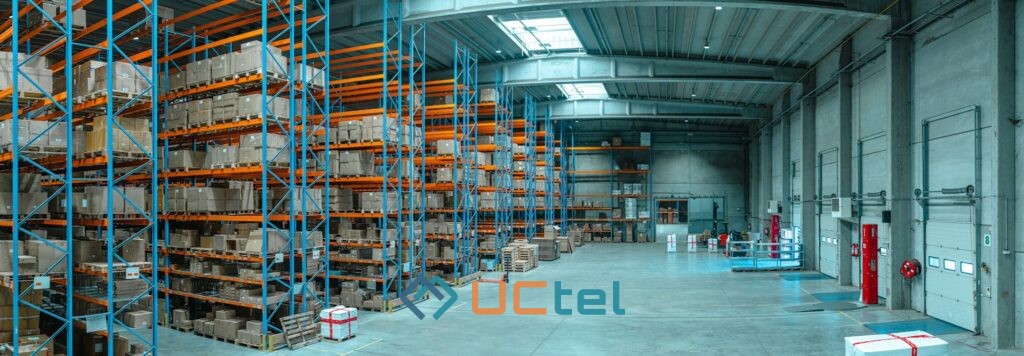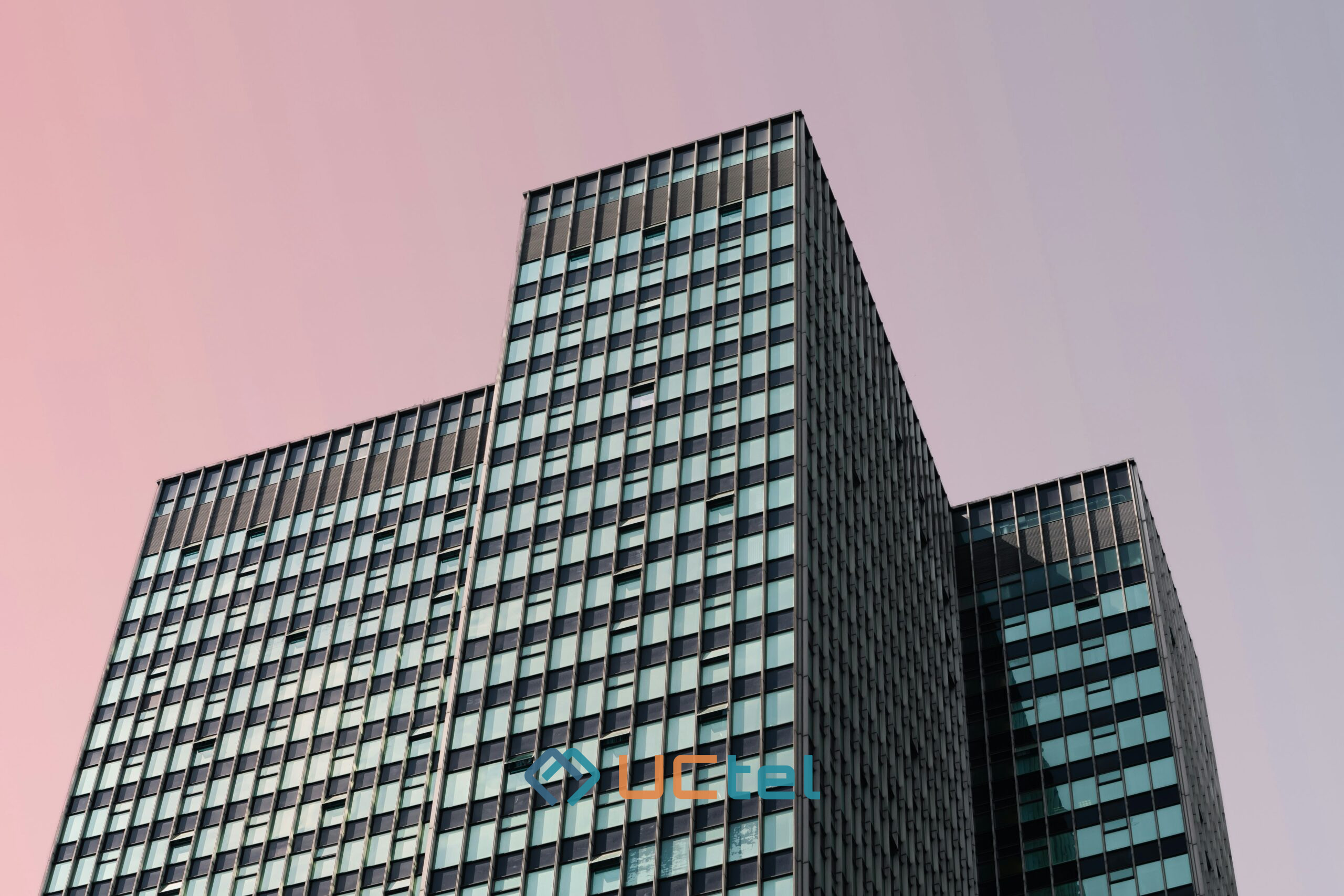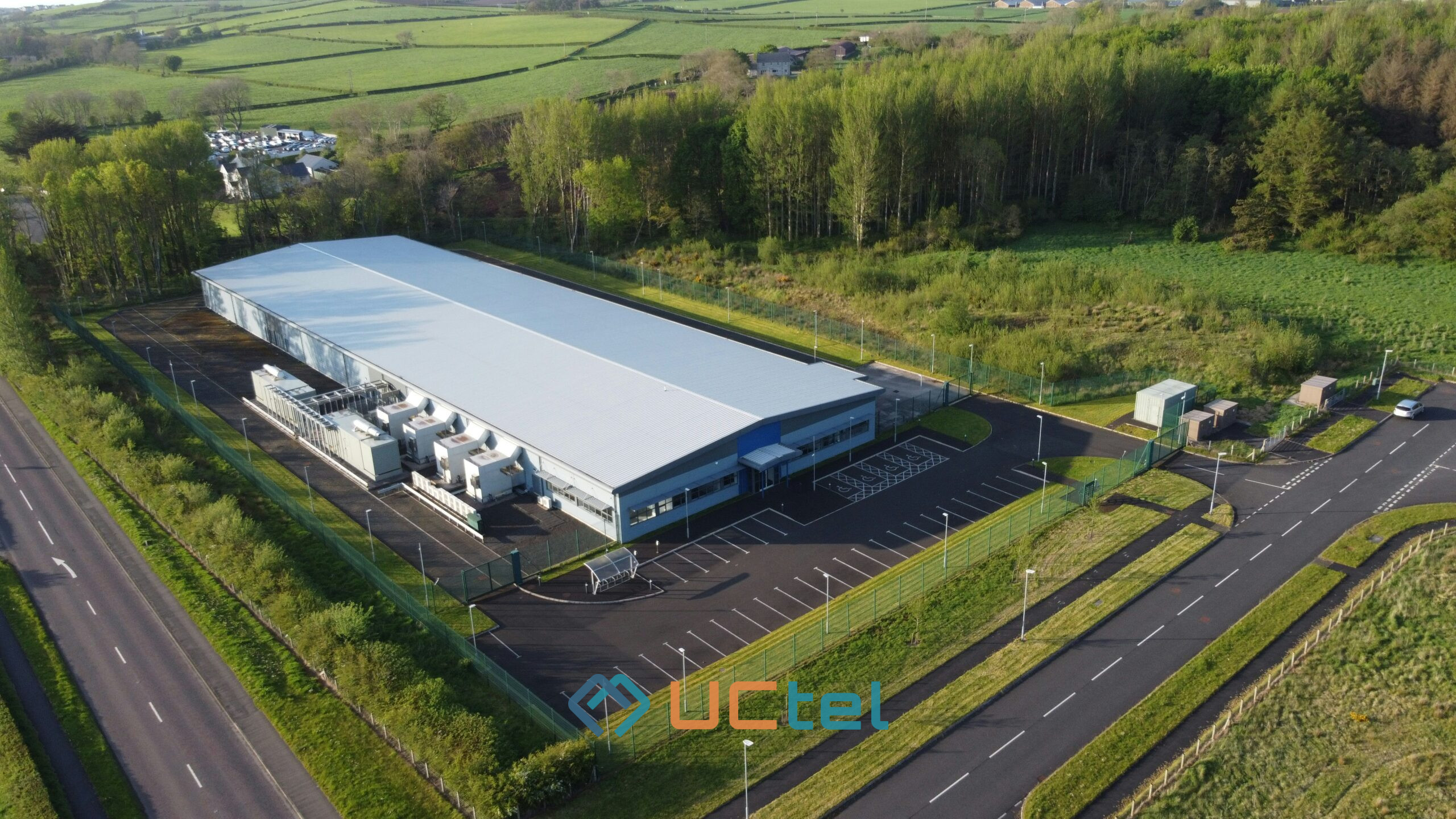How To Choose Between A Repeater And DAS Solution For Warehouses?

Table of contents
- 1. Follow-Up Questions
- 2. Warehouse Wireless Needs: Why Your Layout, Height & Materials Matter
- 3. What Are Repeaters & DAS? Pros, Cons & Core Differences
- 4. Quick Decision Matrix: When a Repeater Is Enough vs When You Need DAS
- 5. Cost, ROI & Performance Comparison
- 6. Carrier Approvals, Safety & Regulatory Compliance
- 7. Planning & Implementation: From Survey to Deployment
- 8. Future-Proofing: 5G, Private LTE, CBRS and Hybrid Approaches
- 9. Case Study: Warehouse A’s Journey from Repeater to DAS
- 10. Frequently Asked Questions
- 11. Conclusion / TL;DR
Updated July 2025
A cellular repeater and a distributed antenna system (DAS) both improve mobile signal in warehouses, but they differ in cost, complexity, and performance. Repeaters are simpler and cost-effective for smaller areas, while DAS solutions provide robust, scalable coverage in large or complex spaces. The right choice depends on your warehouse size, layout, compliance needs, and future connectivity plans.
Follow-Up Questions
Why does warehouse layout affect cellular coverage?
- Warehouse environments often have tall racking, mezzanines, and dense materials like concrete and metal, which attenuate signals. The layout determines how many antennas or repeaters you need and whether passive solutions will suffice.
What are the main differences between repeaters and DAS?
- Repeaters amplify existing signals and redistribute them using internal antennas, making them quicker to install. DAS captures and distributes signals over coaxial or fibre networks, supporting multiple operators and providing higher capacity.
How do I know if a repeater is enough?
- If your warehouse is under 2,500 m², with good donor signal outside and minimal internal obstructions, a commercial-grade repeater can be sufficient. For larger spaces or multi-operator coverage, DAS is typically recommended.
How much does each solution cost and what is the ROI?
- Repeaters: £3–£6 per m² installed
- DAS: £12–£30 per m² depending on design complexity ROI improves with productivity gains, fewer dropped calls, and 5G readiness.
What compliance requirements should I consider?
- You must comply with Ofcom regulations, including using approved equipment. Warehouses requiring public safety radio support will likely need a DAS.
What are the steps to plan and deploy these systems?
- Professional site survey
- System design
- Regulatory checks
- Installation and commissioning
How can I future-proof warehouse connectivity?
- Hybrid systems combining DAS with private LTE or 5G CBRS support IoT and automation. Modular upgrades help extend long-term viability.
Can you share an example of a warehouse deployment?
- A UK logistics facility began with a repeater, then upgraded to a multi-operator DAS using Cel-Fi Quatra, achieving seamless 4G and 5G coverage across 10,000 m².
Warehouse Wireless Needs: Why Your Layout, Height & Materials Matter
Warehouses present unique challenges due to their size, structure, and materials. Tall racking creates shadow zones, while metal shelving and reinforced concrete walls block or reflect radio frequencies.
Ceiling height increases the signal travel distance, especially in high-bay storage. Facilities with mezzanines or multiple levels require more intricate system designs.
Understanding these physical constraints is crucial before choosing between a repeater or DAS. A professional site survey is essential to map signal coverage and identify obstacles.
What Are Repeaters & DAS? Pros, Cons & Core Differences
Cellular repeaters (signal boosters) use a donor antenna to capture outdoor signal, amplify it, and rebroadcast it indoors. They’re cost-effective and quick to install, ideal for smaller areas or single-operator support.
Distributed Antenna Systems (DAS) connect multiple antennas to a central hub using coaxial or fibre cables. DAS supports multi-operator networks, can connect to operator base stations (active DAS), and offers higher capacity and uniformity.
Key factors:
- Coverage area
- Number of operators
- Capacity needs
- Public safety compliance
While repeaters suit simpler needs, DAS is ideal for complex, large-scale environments.
Quick Decision Matrix: When a Repeater Is Enough vs When You Need DAS
Use the following matrix to assess your needs:
- Warehouse < 2,500 m² → Repeater sufficient
- External signal > –80 dBm → Repeater feasible
- Multi-operator coverage → DAS recommended
- Public safety radio → DAS required
- 5G/CBRS future use → DAS or hybrid
- Dense shelving / high ceilings → DAS preferred
Cost, ROI & Performance Comparison
Repeater system (2,000 m²): £10,000–£15,000
DAS system (same size): £25,000–£60,000
Performance differences:
- Repeater: Boosts ~60–70 dB
- DAS: Uniform signal with minimal drop-offs
ROI improves via reduced call failures, enhanced productivity, and futureproof technology compatibility.
Carrier Approvals, Safety & Regulatory Compliance
UK law mandates compliance with Ofcom regulations. Only approved systems (e.g., Cel-Fi Quatra) can be legally installed.
For facilities with hazardous storage or public safety radio needs, a DAS is often mandatory. UCTel ensures all deployments meet regulatory and performance standards.
Planning & Implementation: From Survey to Deployment
A typical deployment includes:
- Site Survey – Measure signal and obstacles
- Design – Select equipment and layout
- Regulatory Review – Check compliance and permissions
- Installation Planning – Schedule work to minimise disruption
- Cabling and Setup – Install antennas and equipment
- Testing & Commissioning – Validate performance
- Staff Handover – Training and support
Future-Proofing: 5G, Private LTE, CBRS and Hybrid Approaches
Warehouses increasingly rely on low-latency, high-throughput networks. Hybrid architectures that blend DAS, private LTE, and CBRS can deliver:
- Real-time IoT data
- Scalable device connectivity
- Flexibility for future tech upgrades
Case Study: Warehouse A’s Journey from Repeater to DAS
A 10,000 m² warehouse began with a repeater for limited coverage. As operations grew, they upgraded to a Cel-Fi Quatra DAS using fibre backhaul.
The result: uniform 4G/5G coverage, 200+ connected devices, minimal downtime, and full compliance.
Frequently Asked Questions
What is the difference between a cellular repeater and a DAS?
- Repeater: Captures and boosts signal with internal antennas.
- DAS: Distributes signal via multiple antennas and cabling for large, multi-operator coverage.
When should I choose a repeater instead of a DAS for my warehouse?
- Choose a repeater if:
- Area < 2,500 m²
- Strong donor signal (> –80 dBm)
- Single-operator requirement
- No public safety radio support needed
How much does it cost to install a repeater or DAS?
- Repeater: £3–£6 per m²
- DAS: £12–£30 per m² Example (2,000 m²): £10,000–£60,000 depending on system
Will a repeater work with all mobile networks?
- Most repeaters support one operator. For multi-operator use, choose DAS or Ofcom-approved multi-network repeaters.
What regulatory requirements apply in the UK?
- All systems must comply with Ofcom guidelines. Improper installations risk interference and fines.
How long does installation take?
- 1–2 weeks for survey and planning
- 2–6 weeks for installation
- Larger DAS projects may take several months
Can I upgrade from a repeater to a DAS later?
- Yes. Many start with a repeater and migrate to DAS. Plan cabling early to simplify future upgrades.
How do I future-proof warehouse connectivity?
Use modular DAS or hybrid systems supporting:
- Private LTE / 5G
- IoT and automation
- Network adaptability
Do I need to notify mobile operators before installation?
- Yes, for most DAS and repeaters. Your installer (e.g., UCTel) will handle notifications and ensure operator coordination.
If you're improving cellular coverage in your warehouse, start with a professional survey.
UCTel provides compliant, scalable solutions tailored to your environment—ensuring signal, safety, and operational efficiency.
Conclusion / TL;DR
- Warehouse structure significantly impacts signal quality
- Repeaters work well for small, single-operator zones
- DAS is ideal for large, multi-operator or regulated spaces
- Compliance is essential under UK law
- Future-ready systems protect long-term investments in connectivity





